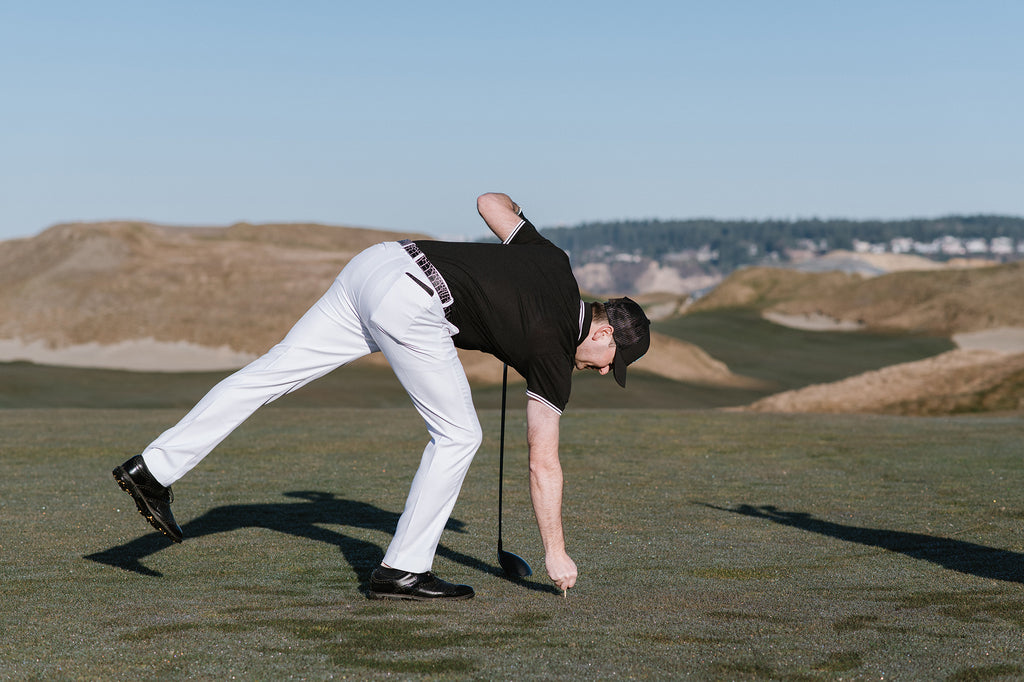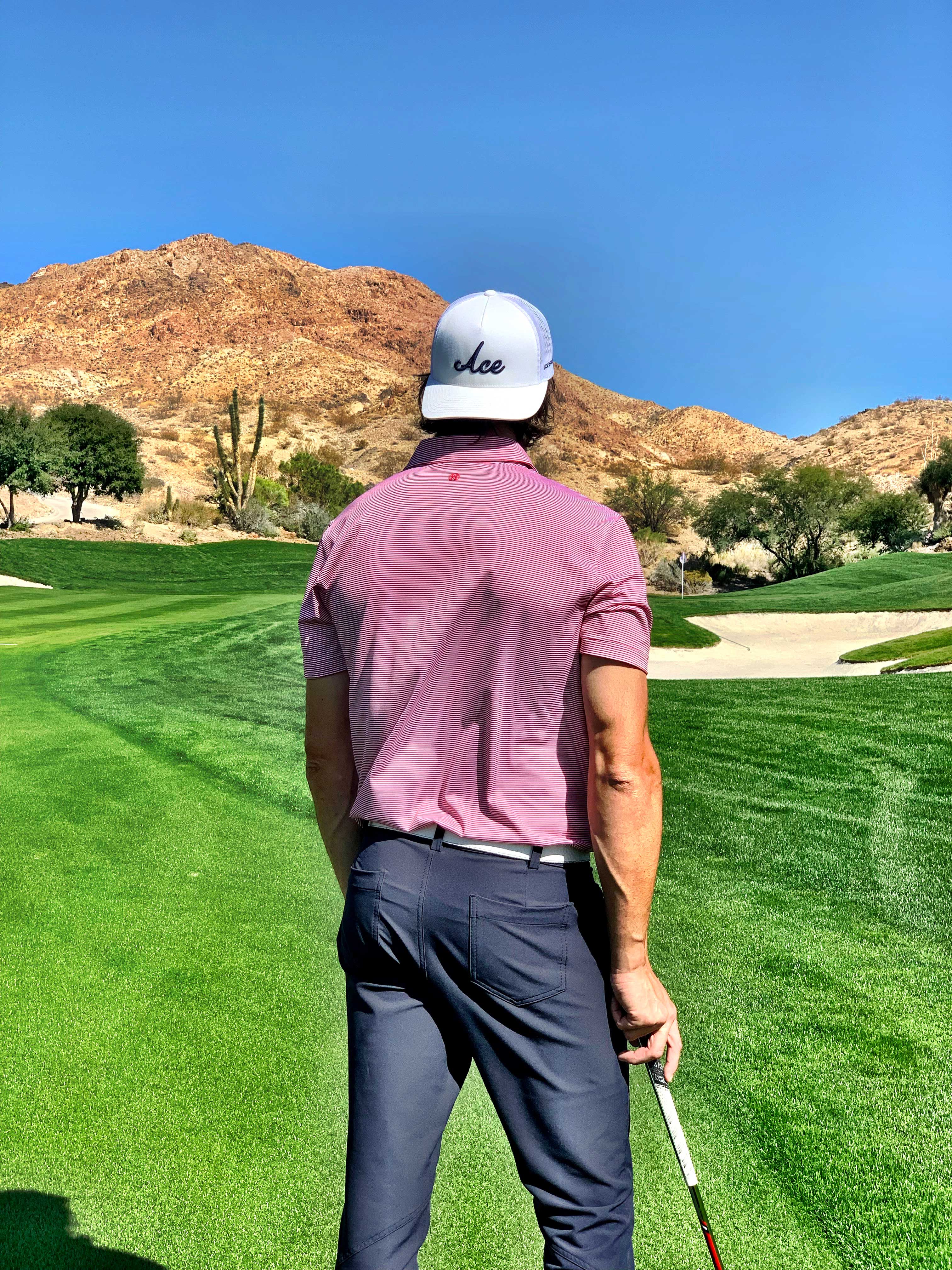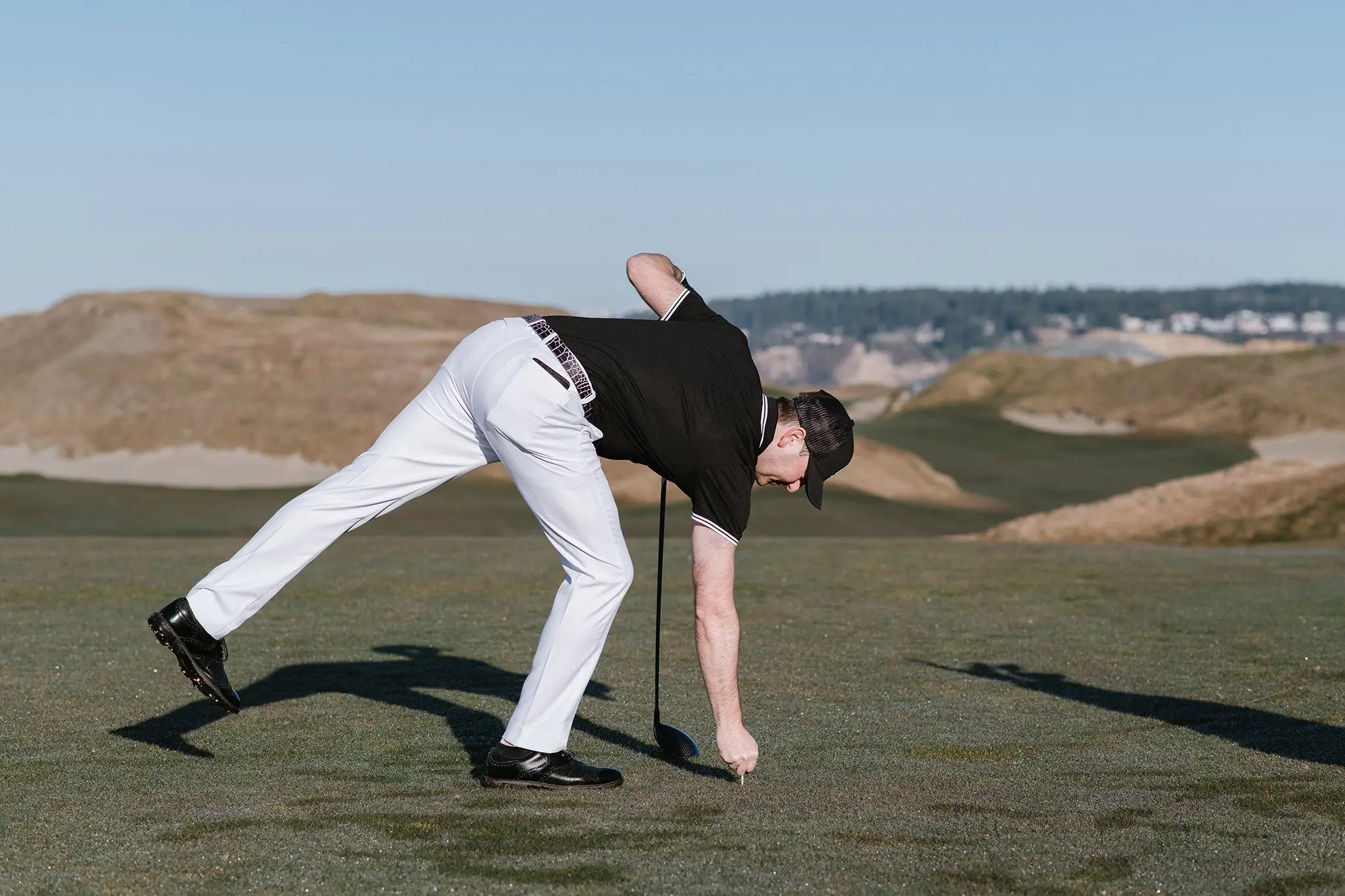
In these days of social distancing and avoiding large groups of people, many golfers share the belief that our game is low risk in terms of contracting or spreading COVID-19.
Golf courses across the country have implemented new protocols with the objective of keeping players and workers safe during the coronavirus pandemic.
- Leave the flagstick in.
- Don’t pick up playing partners’ clubs.
- Pass on the friendly post-round handshake (of course!).
- Many courses have taken the rakes away. Smooth the sand with your feet.
- Some courses have set limits on one person per cart or they’ve eliminated carts altogether.
- Many courses have shut down their food and beverage options.
- Some have turned cups upside down within the hole.
Other courses around the country have closed as part of restrictions put in place by government officials.
In Florida, TPC Sawgrass reopened Tuesday with new protocols guided by the CDC and state and local health officials. Safety of players and staff was a priority for Derek Sprague, general manager of the course.
“People can only stay in their homes for so long,” he said. “On the golf course, they can feel safe. It’s a great outlet for people to get some normalcy in their life during these stressful times.”

Members of the grounds crew tend to the 17th green after the cancellation of the the Players Championship t TPC Sawgrass on March 13, 2020 in Ponte Vedra Beach, Florida. (Photo by Matt Sullivan/Getty Images)
Sprague said TPC Sawgrass will adapt as needed.
“As government agencies decide what to do to keep people safe, we will adhere to their recommendations,” he said.
Deciding when to play or stay home is an individual’s choice, of course, and likely varies by geography if there’s a course that’s open. Here are some factors you may not have considered if you’re going out to play.
Golfweek spoke to Alexei Wagner, medical director within Stanford’s Department of Emergency Medicine, and Jill Weatherhead, an assistant professor of infectious disease at Baylor College of Medicine in Houston, about their recommendations.
Is it safe to play because golf is an outdoor sport where you can keep your distance from others?
WEATHERHEAD: “That is a very good question because we really are pushing for social distancing. It’s the most effective mechanism for slowing down transmission of the infection and hopefully eventually getting the infection under control. However we still want to encourage exercise and taking care of your physical health as well. We’ve been recommending individual exercising outdoors like walking or running or biking where you can still be outdoors but be alone and be practicing social distancing.
Golf is very unique in that aspect in which of course you can be in a bit more wide-open space, you’re using theoretically your own equipment. And in those circumstances it’s probably going to be safe, although because we don’t know much about this virus, our understanding is constantly evolving. And as a result of that, our recommendations continue to change each day.
“But there are aspects of golf that need to be put into consideration. That’s things like sharing equipment, being on golf carts together, using caddies. Any time there’s any interaction with somebody else, that would need to be avoided in those circumstances.”
WAGNER: “I think the most important thing, to be honest, is that people respect whatever their county or state guideline at the time is for social distancing. That changes over time.”
He noted in Stanford, California, the courses are closed.
“I think the challenge is golf in of itself is a game that does allow for social distancing in some ways, but there’s certainly times during the golf game such as transitioning to the clubhouse, using the bathrooms, teeing off where you are within that 6-feet (boundary). The big thing is figure out what you can do that allows you to distance socially that may augment your game later, whether that may be strength conditioning alone in your house, stretching, running, walking.”
What do you know about how the virus can be transmitted on inanimate objects such as carts?
WEATHERHEAD: “There’s more and more studies, but there needs to be more about how long the virus can live on surfaces. So depending on the type of surface that can range from a few hours to up to three days in certain circumstances.
“So if someone has a virus who was on a cart before you, it’s potentially possible that the virus, that if they touched their face or if they sneezed and it got on the steering wheel or somewhere else on the cart, and then you came to contact with that and touched your mouth, you could transmit it. It’s critical that all of this equipment is disinfected in between people’s uses.”
What about the idea that sunlight may help lessen the risk of spreading the virus?
WEATHERHEAD: “That is actually unknown. We do not know how this virus acts under UV light; we don’t know if there’s increase or decrease in transmissibility in hot, humid conditions.
“For example one myth that’s going around is it will go away in the summer months when it’s hot and humid, but we don’t know that. We won’t know until there’s more data available. At this point I wouldn’t use sunlight as a reason to go out and do normal activities. But certainly being outside gives some distance and space between people that will prevent spread, especially if you’re needing to get some exercise.”
What about the psychological benefits of exercise?
WAGNER: “It’s been well studied that exercise does improve mood, wellness, happiness, improves sleep, which is really important. It’s also been shown to improve or decrease anxiety.
“What’s really a challenge and creating a lot of uneasiness during this social isolation and social distancing that we’re doing, (is that) what provided them their most balance outside the home has changed very dramatically. They used to be doing communal yoga or they used to be doing three days a week/rounds of golf and now that social life after their round is so different. We need to seek out other ways to get that sense of community and that sense of exercise. It’s a really important thing for people to do because it can lead to anxiety or low depression if what is most important to you is suddenly taken away.”
So it sounds like you are not advising anyone to play right now?
WAGNER: “I think that it’s important to make clear there’s a lot of unknowns with this virus. We’re starting to get new information about how the virus is transmitted. Is it larger droplets or is it much, much smaller droplets. How long does it live on a surface? Is it five days or longer? How long are you contagious? So once you’ve contracted the disease, are you contagious for 14 days, 20 days, up to 30 days? I think as we start seeing more cases, and there’s more scientific research and studies throughout the U.S., Germany, Italy and China that are published in peer review journals, we’ll then start making recommendations.
“But now there’s still a lot of unknowns with this virus that really need to be respected. It really does kill a lot of people and so I think until we have more definitive information, it’s hard to make one-off recommendations for individual sports or types of sports that do involve interaction with any individual.”
By Roxanna Scott | March 21, 2020



